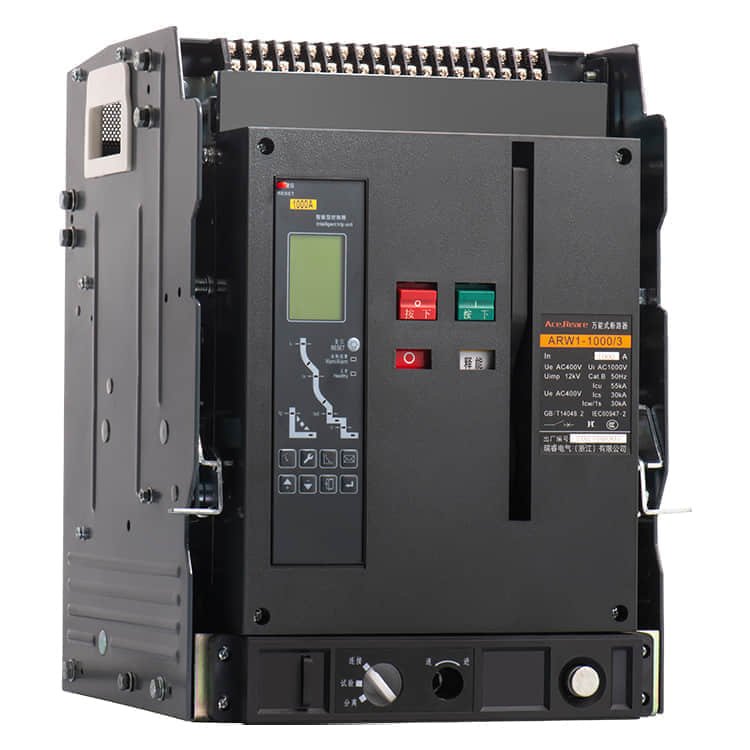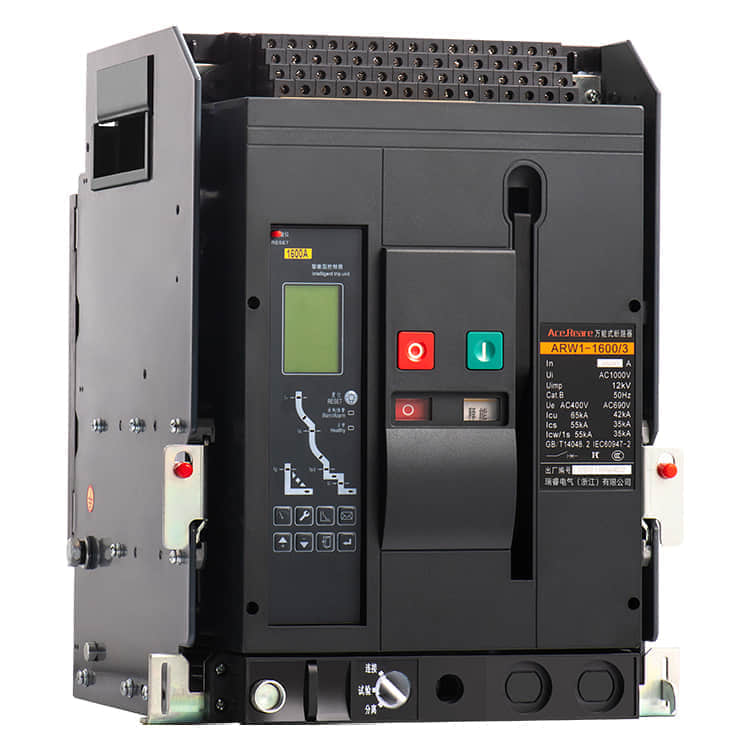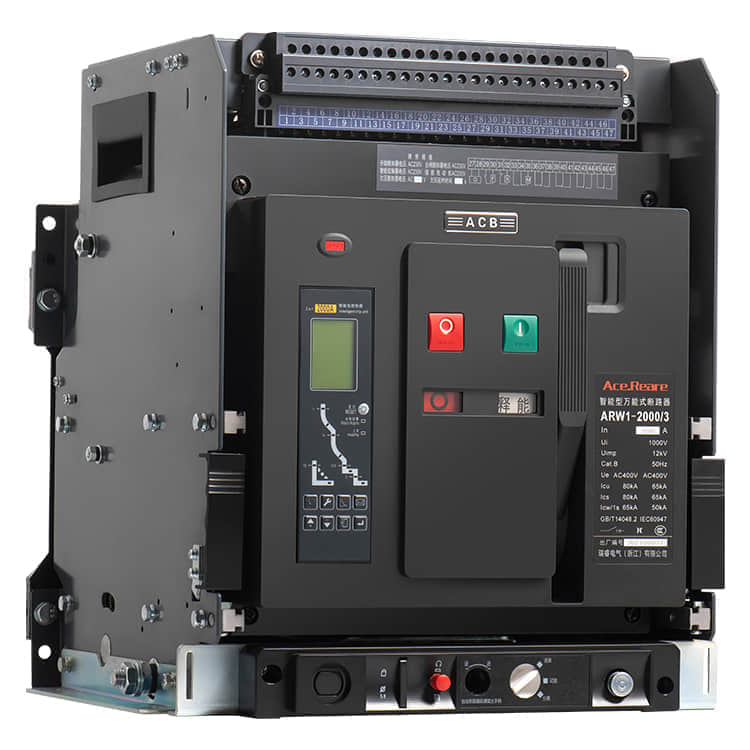In the realm of electrical engineering and power distribution, the ACB breaker fixed type stands as a pivotal component, ensuring the safety and reliability of electrical systems. This article aims to delve deeper into the intricacies of this breaker type, exploring its fundamental principles, applications, and the significance it holds in modern electrical infrastructure.

ACB, often an acronym for Air Circuit Breaker, is a type of high-voltage protective device designed to interrupt the flow of electric current in the event of an overload or short circuit. The fixed type variant refers to its permanent installation within a switchgear panel or cabinet, making it suitable for specific and permanent circuit configurations.

The fundamental operating principle of the ACB breaker fixed type relies on the use of air as the arc-quenching medium. When a fault occurs in the circuit, the breaker’s operating mechanism is activated, causing the contacts to separate rapidly. This separation creates an arc, which is then extinguished by the cooling and de-ionizing effect of the compressed air. The fixed design ensures that the breaker remains securely in place, minimizing the risk of damage or misoperation. The application of the ACB breaker fixed type is widespread, encompassing industrial, commercial, and utility settings. In industrial facilities, they are often employed in motor control centers and distribution panels, protecting vital equipment from electrical faults. In commercial buildings, they ensure the safe and efficient operation of lighting, heating, and cooling systems. And in utility grids, ACB breakers play a crucial role in maintaining the stability and reliability of the power supply.

Leave a Reply